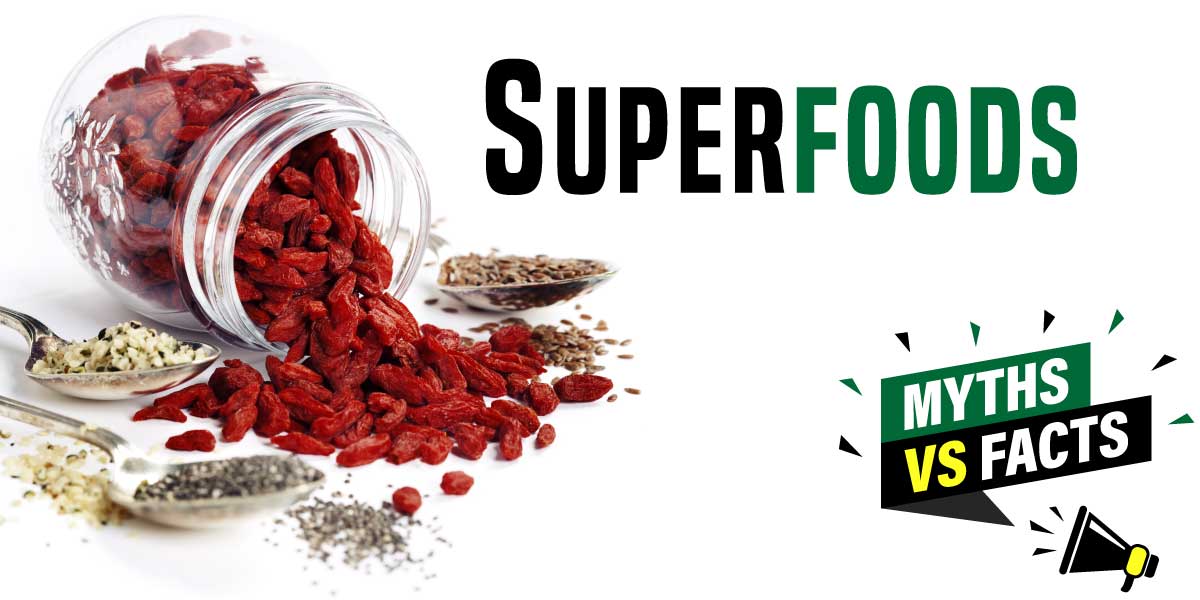In recent years, the term “superfood” has become one of the most powerful buzzwords in nutrition. From kale and quinoa to acai berries and matcha, these foods are often celebrated as miracle ingredients capable of boosting immunity, slowing aging, and even preventing diseases. But while science acknowledges that certain foods offer exceptional nutritional benefits, the cultural and commercial hype around them has created many myths and misconceptions.
Interestingly, long before the concept of “superfoods” emerged in marketing, cultures around the world already recognized the healing potential of certain plants, grains, and herbs. From Ayurvedic turmeric to the Andean quinoa, these foods were considered sacred — not because of scientific studies, but due to generations of lived experience.
Understanding the science behind superfoods requires separating evidence-based facts from exaggerated claims, while also appreciating the deep cultural beliefs that gave rise to their reputation.
What Are Superfoods, Really?
Scientifically speaking, there is no official definition of a superfood. The term is more of a marketing label than a medical classification. However, it generally refers to foods that are nutrient-dense, meaning they contain high levels of vitamins, minerals, antioxidants, fiber, and healthy fats relative to their calorie content.
Examples include:
- Berries (blueberries, goji, acai) – rich in antioxidants
- Leafy greens (kale, spinach, moringa) – packed with vitamins and iron
- Seeds and grains (chia, flax, quinoa) – high in omega-3s and protein
- Roots and spices (turmeric, ginger) – known for anti-inflammatory properties
While these foods are undoubtedly beneficial, the myth arises when they are portrayed as miracle cures rather than part of a balanced diet.
The Rise of the Superfood Myth
The modern superfood trend began in the early 2000s, fueled by media, celebrity endorsements, and the global health industry. Marketing campaigns often transformed traditional cultural foods into expensive global commodities — for instance, quinoa from the Andes or acai berries from the Amazon.
This commercial explosion created the illusion that eating one specific food could dramatically improve health. In reality, nutrition science emphasizes variety and balance — no single ingredient can compensate for an otherwise poor diet or lifestyle.
The Cultural Roots of “Superfoods”
Before they became global fads, many so-called superfoods were integral parts of ancient diets and healing traditions.
- India: Turmeric and amla were staples of Ayurveda, used for inflammation, digestion, and immunity.
- China: Green tea, ginseng, and goji berries were consumed for vitality and longevity.
- Africa: Moringa, baobab fruit, and teff were valued for their nutrient density and resilience in harsh climates.
- South America: Quinoa, cacao, and maca root were sacred foods of the Inca, symbolizing strength and fertility.
These cultures did not isolate one ingredient as a cure-all; rather, they viewed these foods within a holistic context, balancing body, mind, and environment.
Scientific Evidence Behind Popular Superfoods
| Superfood | Key Nutrients | Proven Benefits | Common Myths |
|---|---|---|---|
| Blueberries | Antioxidants (anthocyanins), Vitamin C | Improve heart health, support brain function | “Cure cancer” – not supported by evidence |
| Turmeric | Curcumin, anti-inflammatory compounds | Reduces inflammation, supports joint health | “Heals all diseases” – exaggerated claim |
| Quinoa | Protein, fiber, iron | Supports digestion, balances blood sugar | “Only complete plant protein” – several others exist |
| Green Tea | Catechins, polyphenols | Boosts metabolism, lowers cholesterol | “Rapidly burns fat” – effect is modest |
| Chia Seeds | Omega-3s, fiber, calcium | Promotes gut health, satiety | “Guaranteed weight loss food” – not true |
| Avocado | Healthy fats, potassium | Improves heart health, skin elasticity | “Superfood that prevents aging” – misleading |
Scientific studies confirm these foods offer genuine health benefits, but their effects depend on frequency, portion size, and overall diet quality.
The Role of Antioxidants and Phytochemicals
Most superfoods are praised for their high content of antioxidants — compounds that protect cells from oxidative stress caused by free radicals. However, while antioxidants are essential, excessive supplementation or overconsumption doesn’t provide extra benefits.
Similarly, phytochemicals (plant compounds) like flavonoids and polyphenols contribute to long-term disease prevention, but only as part of a diverse diet that includes multiple plant sources. Science shows synergy — not singularity — drives nutritional power.
Cultural Beliefs and Food Symbolism
Food has always carried symbolic and spiritual meaning in cultures worldwide. Certain ingredients are believed to carry healing energy or divine power.
- In Ayurveda, turmeric represents purity and protection.
- In Chinese medicine, ginseng symbolizes strength and balance.
- In Native American traditions, corn and cacao were sacred offerings to the earth.
- In Mediterranean culture, olive oil is associated with vitality and blessing.
These beliefs shaped dietary habits and rituals, fostering emotional connection and mindful eating, which modern nutrition often overlooks. Even if science can’t quantify spiritual power, the psychological comfort and cultural continuity from such foods enhance well-being.
Myths vs. Scientific Reality
- Myth: “Superfoods can prevent all diseases.”
Reality: No single food prevents disease; only a consistent pattern of balanced, nutrient-rich eating supports long-term health. - Myth: “Exotic superfoods are better than local ones.”
Reality: Local produce like apples, spinach, lentils, and carrots can be just as nutrient-dense as imported “superfoods.” - Myth: “Superfoods can replace medicine.”
Reality: While diet influences health, serious medical conditions require professional treatment. Superfoods support prevention, not cure. - Myth: “More is better.”
Reality: Overconsumption of certain foods (like turmeric or green tea) can cause imbalances or side effects. Moderation is key. - Myth: “Only plant-based foods qualify as superfoods.”
Reality: Foods like salmon, eggs, and yogurt are also nutrient-dense and beneficial for health, though less glamorized.
The Modern Health Impact of Cultural Superfoods
When traditional foods are integrated into balanced modern diets, they can significantly improve health outcomes. For example:
- The Mediterranean diet’s olive oil and nuts lower heart disease risk.
- The Japanese diet’s seaweed and green tea enhance longevity.
- South American grains like quinoa and amaranth support sustainable protein intake.
- African moringa helps combat malnutrition in developing regions.
The challenge lies in preserving their cultural authenticity while avoiding industrial exploitation that reduces these foods to trendy commodities.
Cultural Appropriation and Ethical Consumption
The popularity of superfoods often comes at a cost. Global demand for quinoa and acai, for example, has disrupted local economies and made these foods unaffordable for native populations. Respecting the cultural origins of these foods means acknowledging their heritage and supporting ethical, sustainable sourcing.
Health should not come at the expense of cultural integrity or environmental balance.
Integrating Traditional Wisdom with Modern Nutrition
Modern science increasingly validates ancient dietary wisdom. Instead of viewing cultural beliefs as superstition, researchers are discovering their empirical value — often through nutrigenomics, the study of how food interacts with genes.
For instance, traditional diets that combine spices, herbs, and fermented foods align closely with current recommendations for reducing inflammation and supporting gut microbiota. This synergy shows that tradition and science are not opposites but complementary paths to health.
FAQs
1. Are superfoods necessary for a healthy diet?
No, they’re not essential. What matters is a diverse diet rich in fruits, vegetables, grains, and proteins. Superfoods can enhance nutrition but aren’t magic solutions.
2. How do cultural beliefs influence the concept of superfoods?
Cultural beliefs elevate certain foods as sacred or healing, creating deep emotional connections. These beliefs inspire healthy habits and mindfulness around eating.
3. Is there a risk in overconsuming superfoods?
Yes. Even nutrient-rich foods can cause problems in excess — for example, too much green tea may affect iron absorption, and high turmeric intake may upset digestion.



